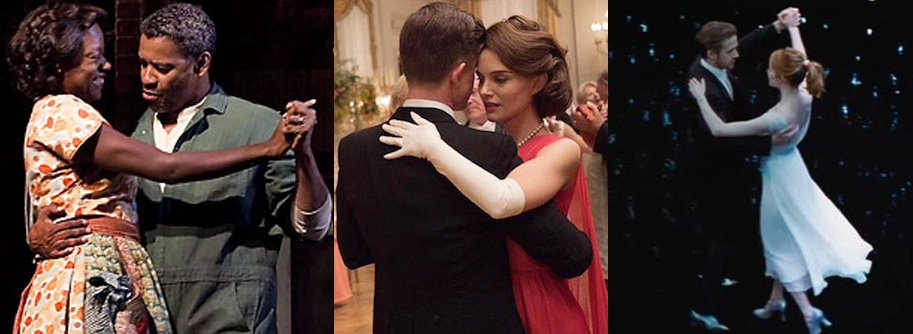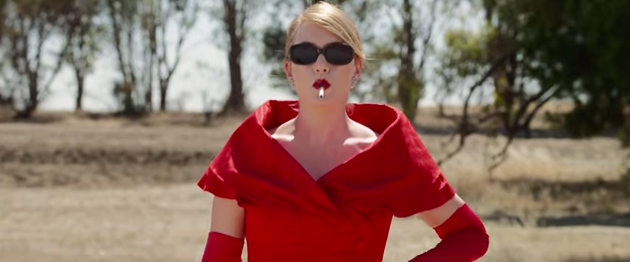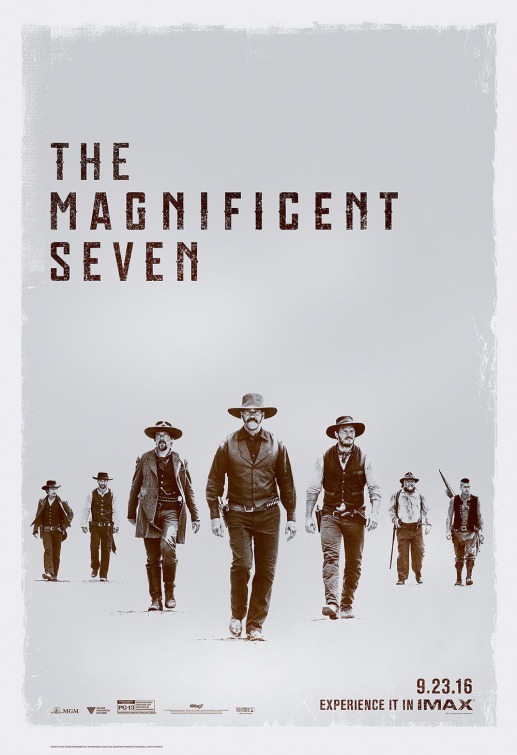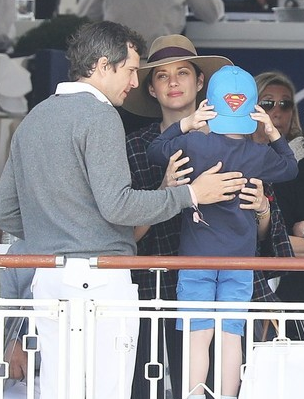While Best Actress remains the most impressively competitive category, the buzz has been so deafening on Natalie Portman and Emma Stone's work in Jackie and La La Land respectively, that we have our first acting nomination "locks" of the year. Yes, I hate to use the word so early -- i generally prefer not to use it until after a film has opened -- but in this case it applies.

Short of either of these well loved actresses murdering someone casually or becoming a spokesperson for Trump on his campaign trail their traction for Best Actress is a done deal. Having now seen both pictures it's tough to imagine either of them missing; their movies are probable Best Picture Contenders which hang on their every flickering bit of feeling. And they've both got multiple "clips" galore for award show reels, clips that will look like "of course she won the Oscar!" in retrospect should either of them manage the win.
So spots three through five is where the true competition is. Most people feel that Ruth Negga is a given for Loving -- though how a movie fares in release is often a factor and it's not out yet. One worrying factor is that she's significantly less famous than most of her competition. Everyone is banking on Viola Davis being spectacular in Fences but we must remind everyone (and also ourselves despite our raggedy "Team Viola" t-shirts!) that nobody has seen the picture; history has many examples of stage-to-screen transfers that underwhelmed. Beyond those two we have Oscar regulars like Meryl Streep (always a threat even if she doesn't campaign), Amy Adams (always a threat and always campaigns hard), and Annette Bening (unless the movie is waiting too long to make its move). And then there's "critical darling" possiblities like Isabelle Huppert. I've been harping on this for some time, I know, but I remain convinced that she could happen as a nominee. Natalie & Emma being so far out front actually makes passion votes more important because with both of them sucking up so many votes, other women will need to stick out in the hearts of voters to fight their way in.
It's also fair to wonder what Globe Comedy/Musical nominations could do to boost profiles of particular actresses. Hmmmm...
GLOBE COMEDY / MUSICAL ACTRESS
the possibilities

Lock-ish
Stone - La La Land
Streep - Florence Foster Jenkins
It's easy to imagine them as nominees...
Field - Hello My Name is Doris
Beckinsale - Love & Friendship
Winslet - the Dressmaker
But the Globes can surprise. What about...
Huppert -Elle
Sarandon - The Meddler
Zellweger - Bridget Jones's Baby
anyone else?
New Best Actress Oscar Prediction Chart. What'cha think?
 Thursday, September 22, 2016 at 10:00PM
Thursday, September 22, 2016 at 10:00PM  Drawing on the original iterations of Akira Kurosawa's Seven Samurai and the 1960 American remake by John Sturges, Antoine Fuqua's The Magnificent Seven arrives as another attempt to reanimate the American western.
Drawing on the original iterations of Akira Kurosawa's Seven Samurai and the 1960 American remake by John Sturges, Antoine Fuqua's The Magnificent Seven arrives as another attempt to reanimate the American western.






